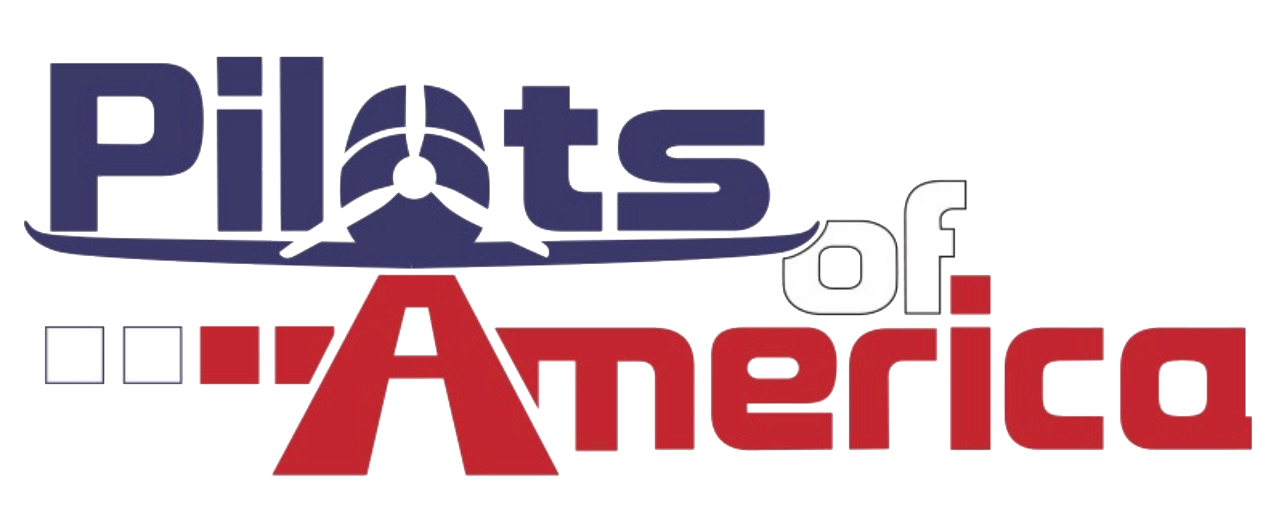Kitch
Pre-takeoff checklist
So yesterday I took my wife to Lake George NY for the day. Grabbed a rental car did a boat ride had lunch blah blah blah. We had a great time.
The flight home was a little on the bumpy side. Not excessive but enough that I hand flew instead of using the autopilot most of the way. The question is how much turbulence do you need to encounter before you slowdown to maneuvering speed ?
The flight home was a little on the bumpy side. Not excessive but enough that I hand flew instead of using the autopilot most of the way. The question is how much turbulence do you need to encounter before you slowdown to maneuvering speed ?



